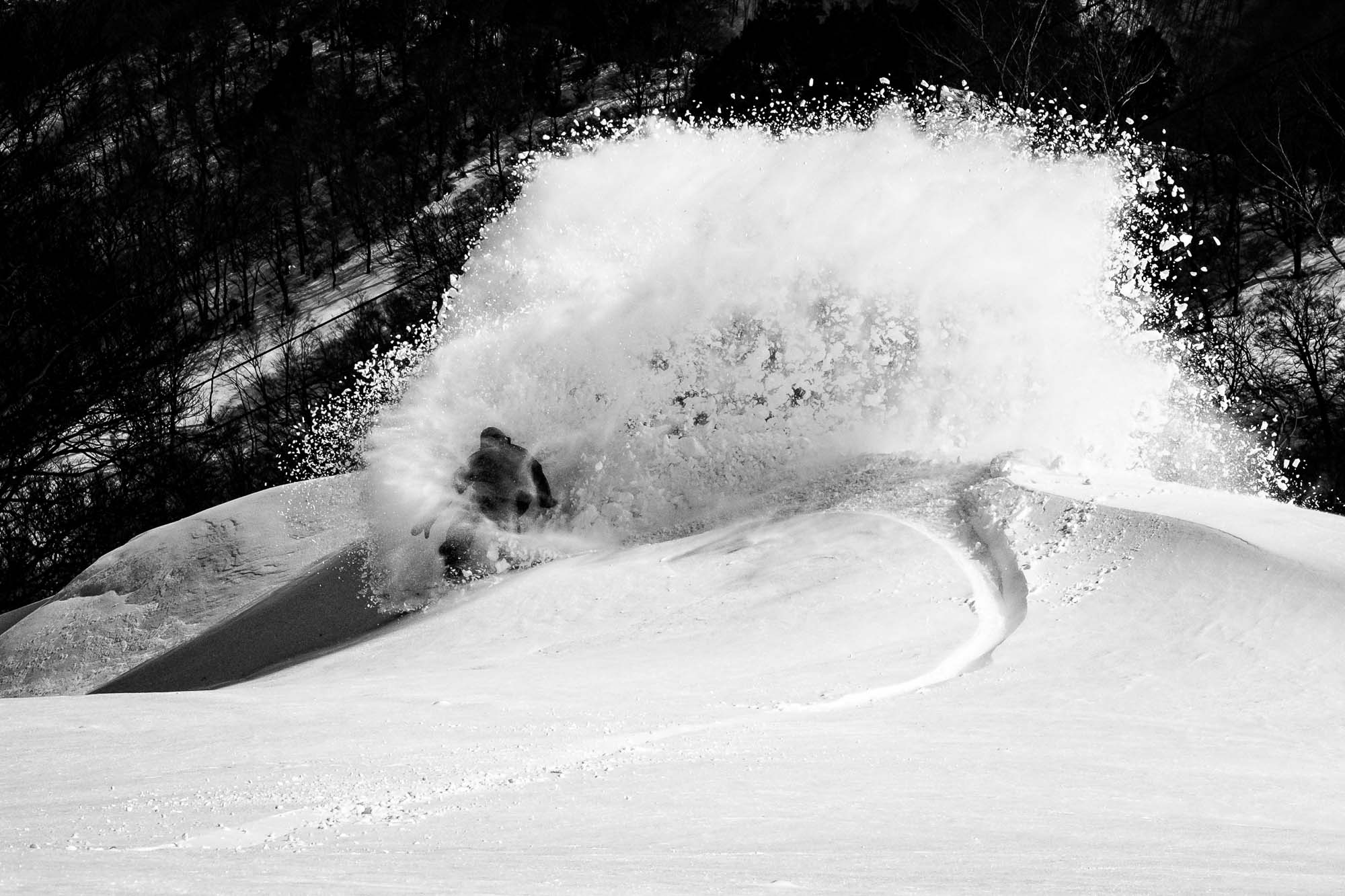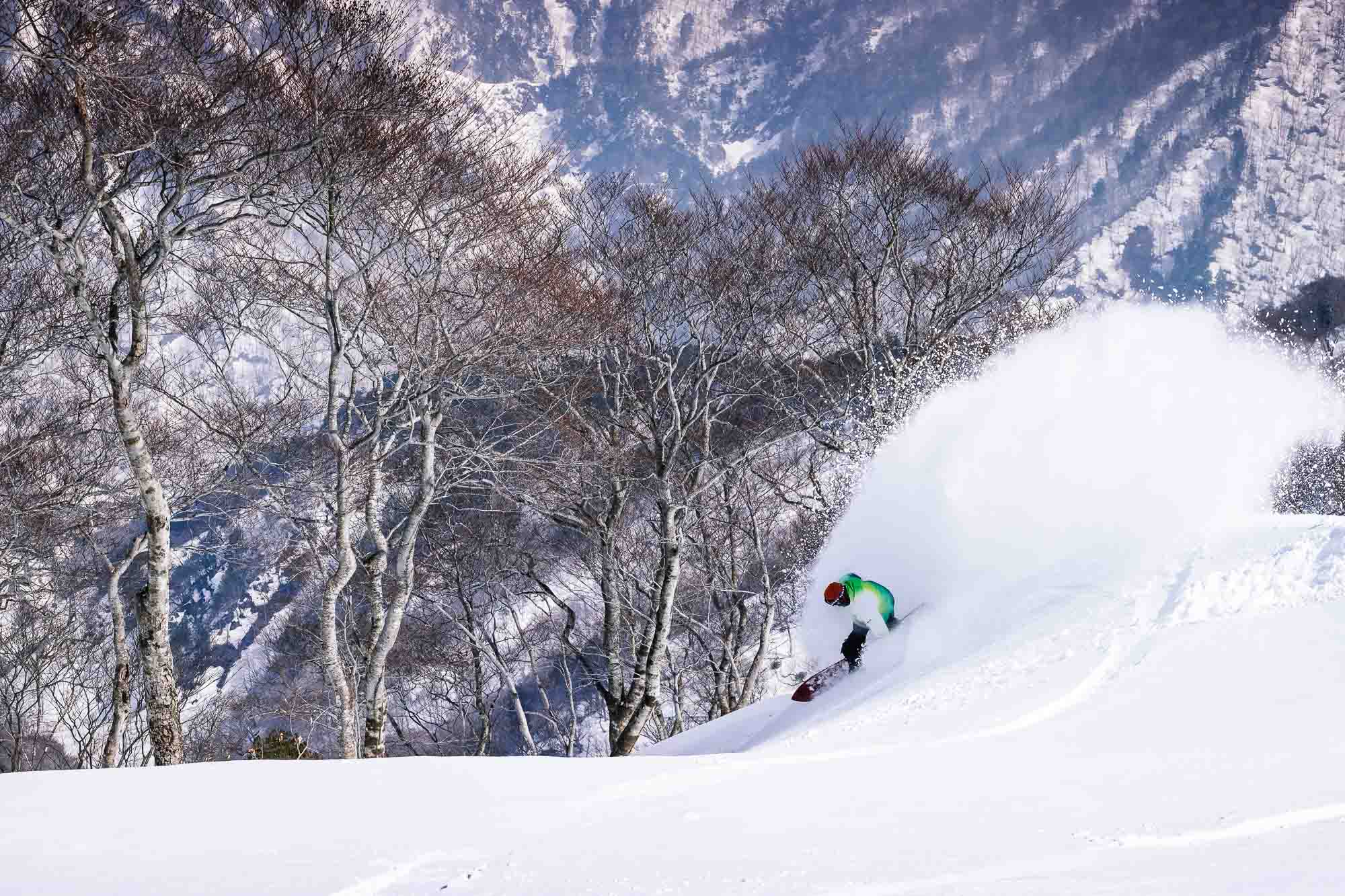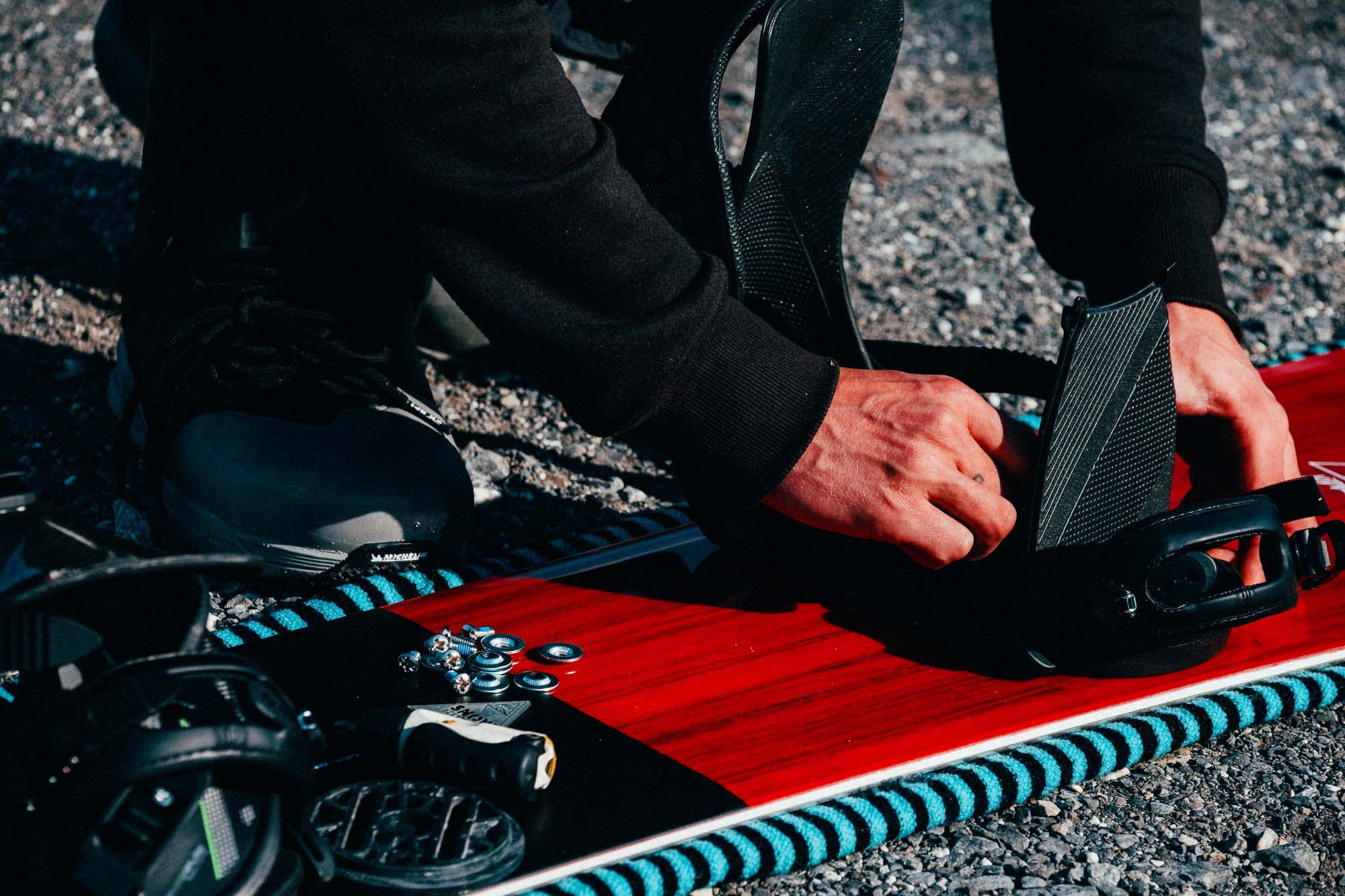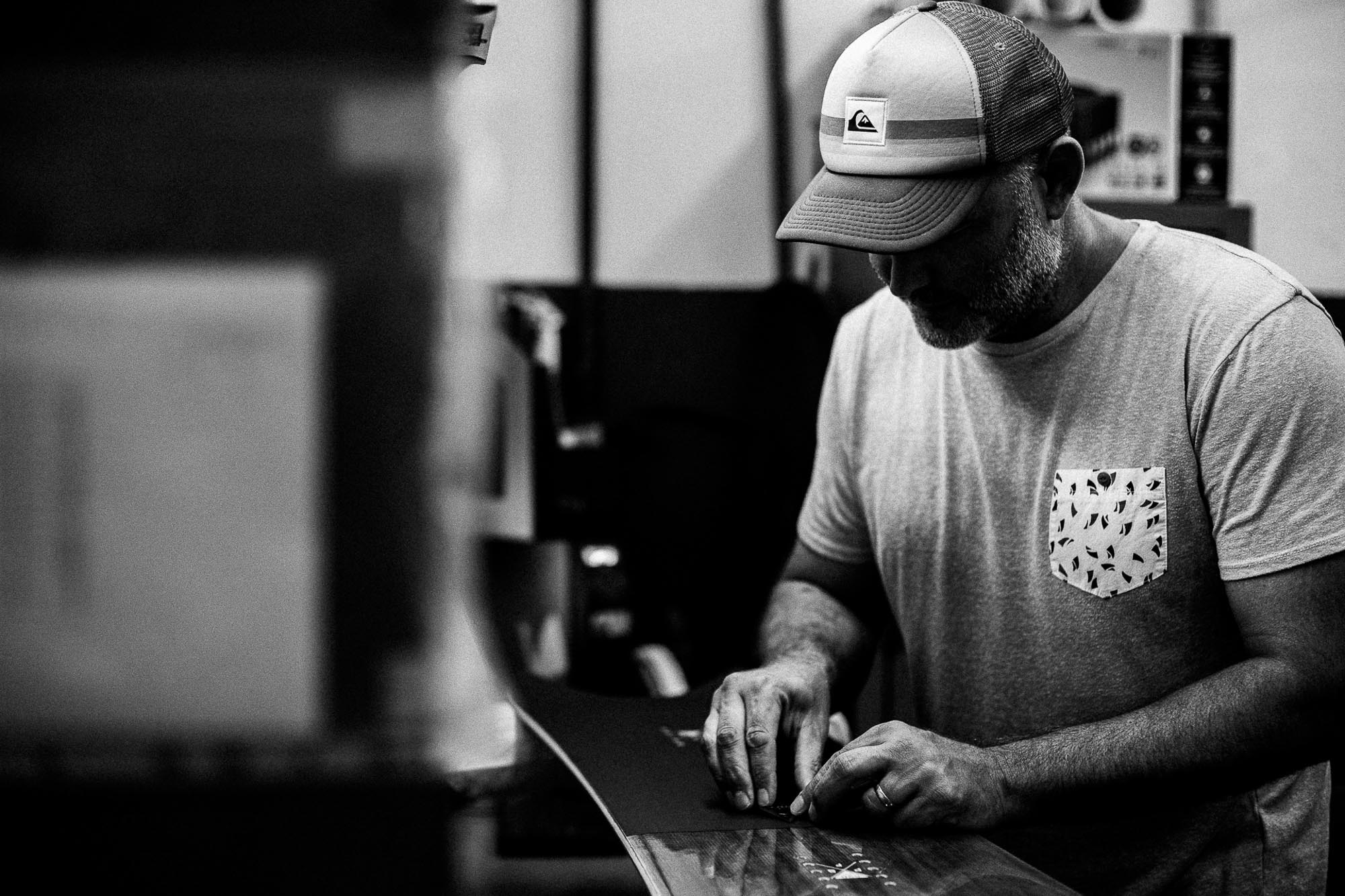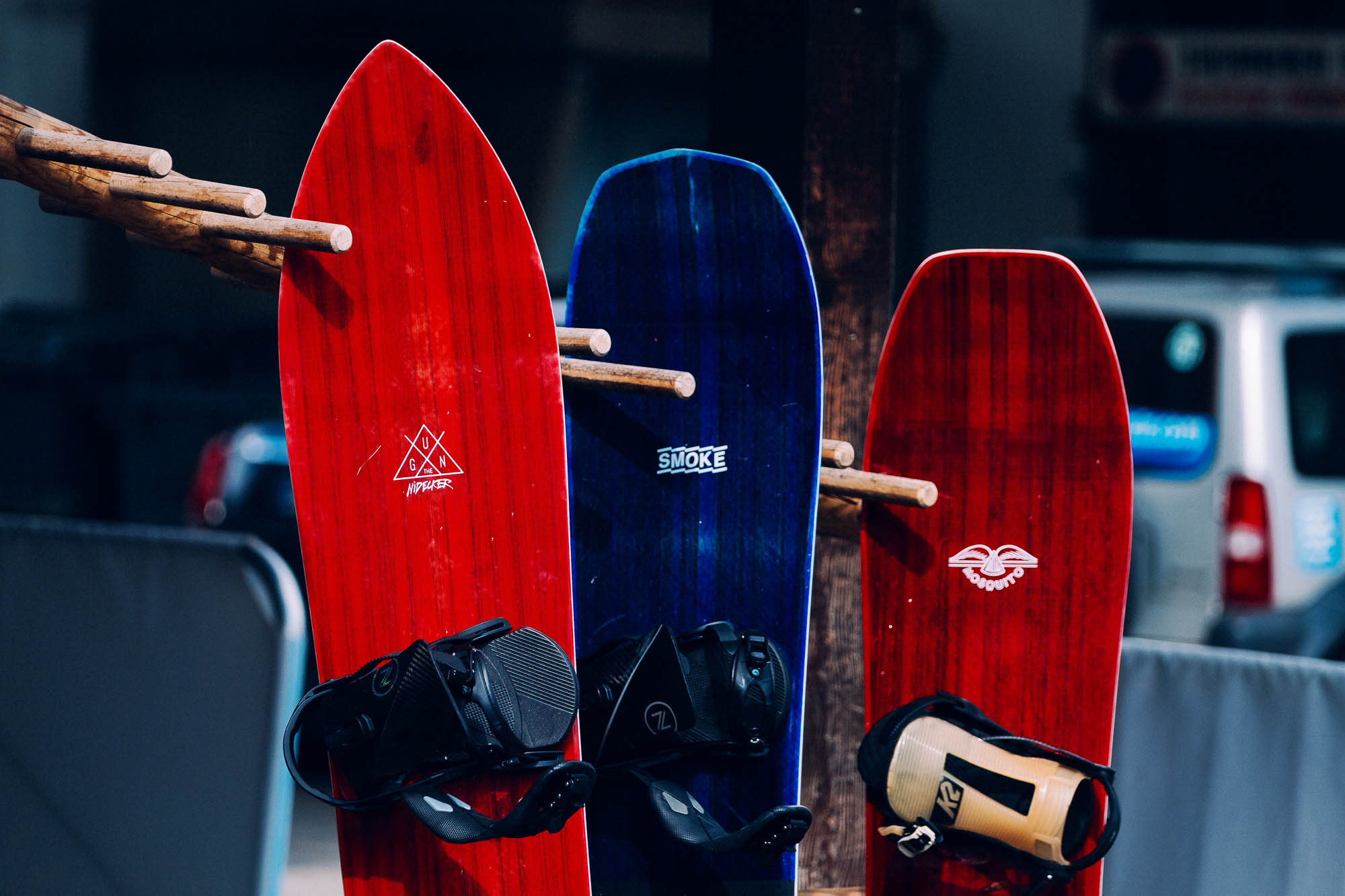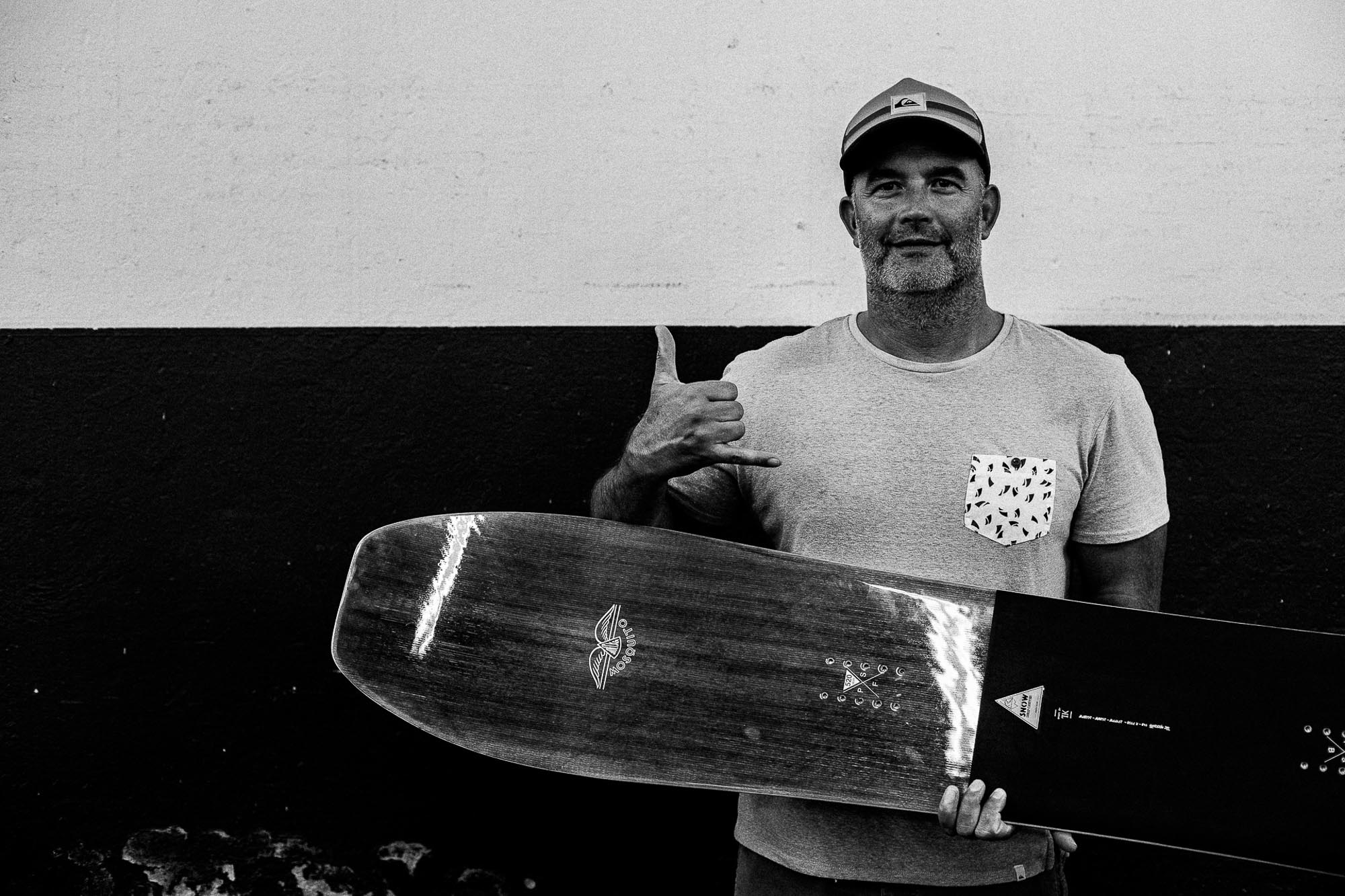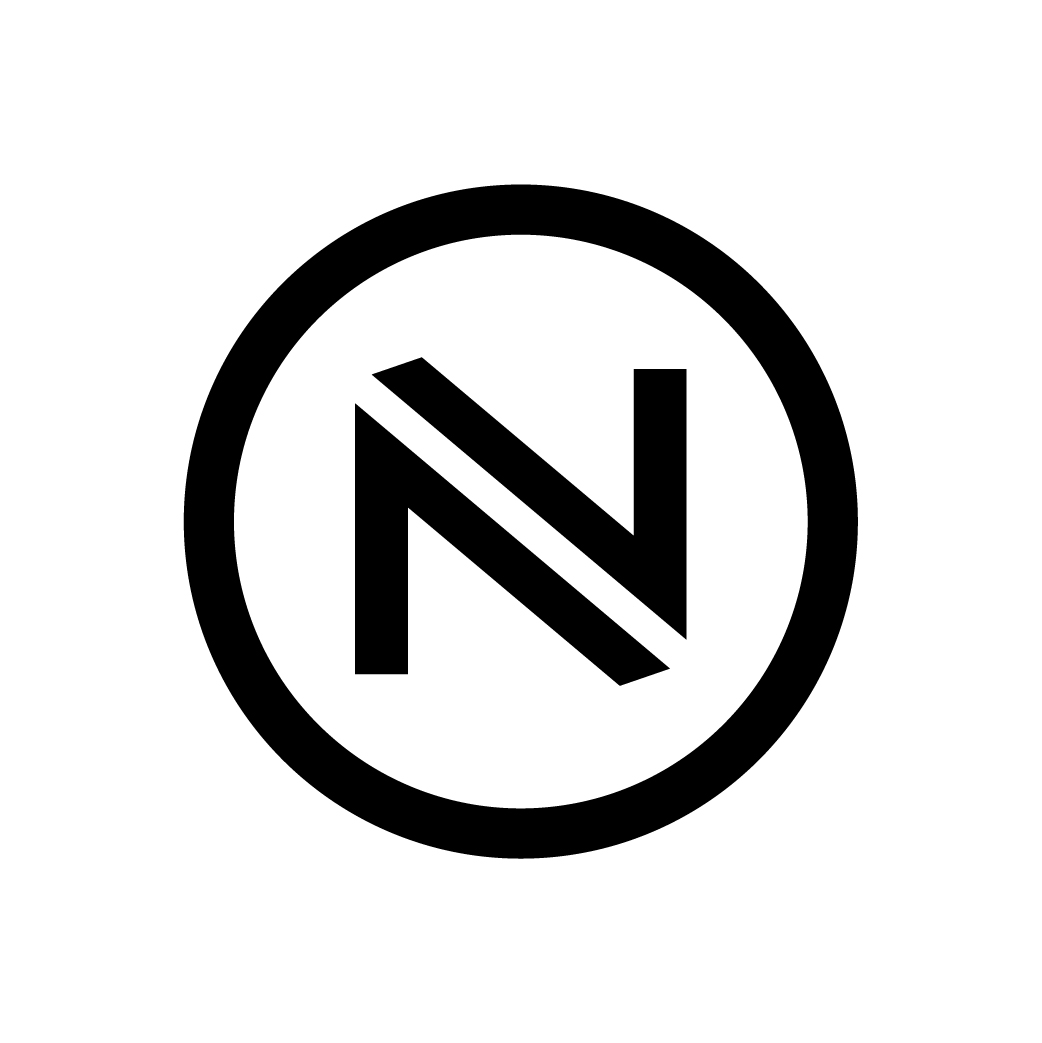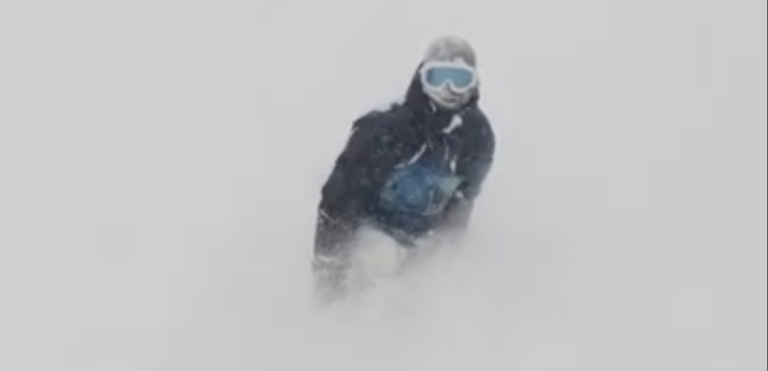Above Photo by Ed Blomfield.
Identity is a fluid concept. It either changes society, or gets changed by it. As individuals, it can be hard to grasp all the factors that affect our identity, so we can only imagine the struggle brands must go through. Rebranding a company image isn’t just about changing the logo, it is about developing a new identity in the minds of the consumers and competitors with the added pressure of knowing you’ve got to do it successfully.
“Sometimes, however, a brand comes along and succeeds in rebranding itself”
Many established brands in snowboarding have already created an image in the mind of the consumers – one that can be hard to change. Imagine, for example, if Jones suddenly told us they were dropping their backcountry game and were going to focus entirely on park boards or if Bataleon announced they were ditching 3BT? It would go against our sense of what these brands are.
Sometimes, however, a brand comes along and succeeds in rebranding itself. Take Nidecker, for example. Remember what Nidecker snowboards looked like five years ago? Exactly – not many of us do. Then, out of the blue, carving became a thing again and somewhere along the line, Nidecker became the carving brand. This didn’t happen by accident. It happened because Nidecker did one hell of a good job rebranding their image.
